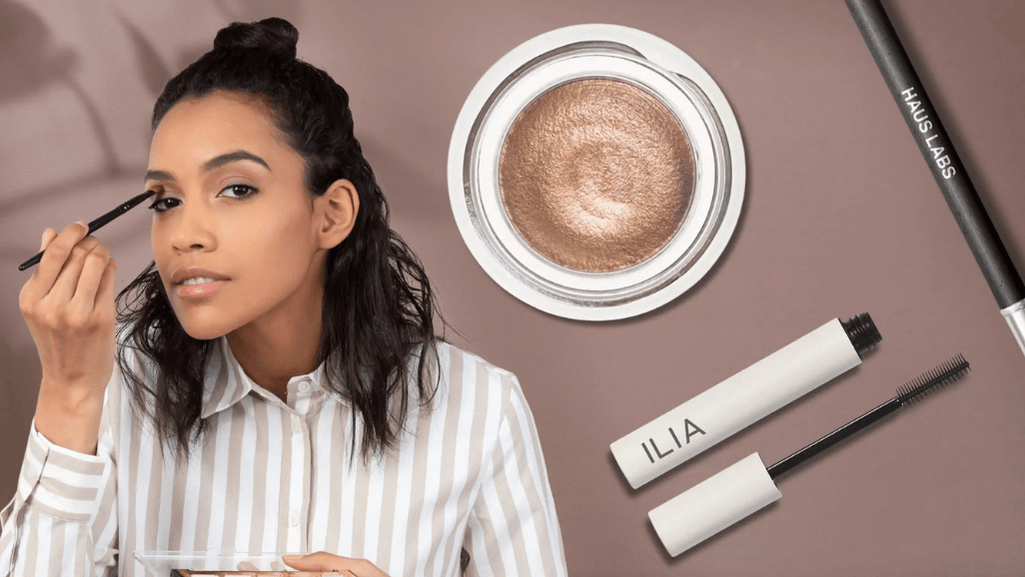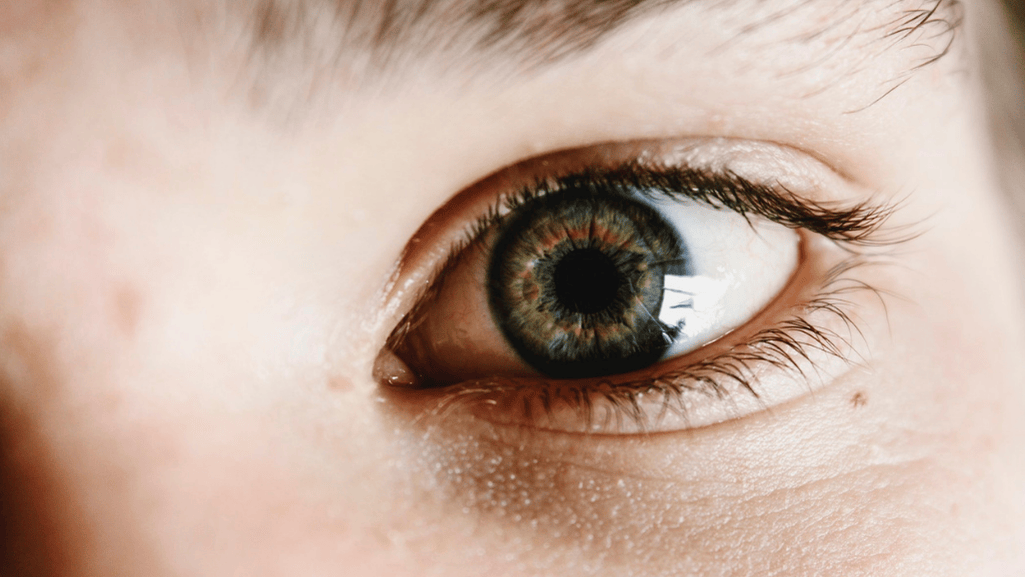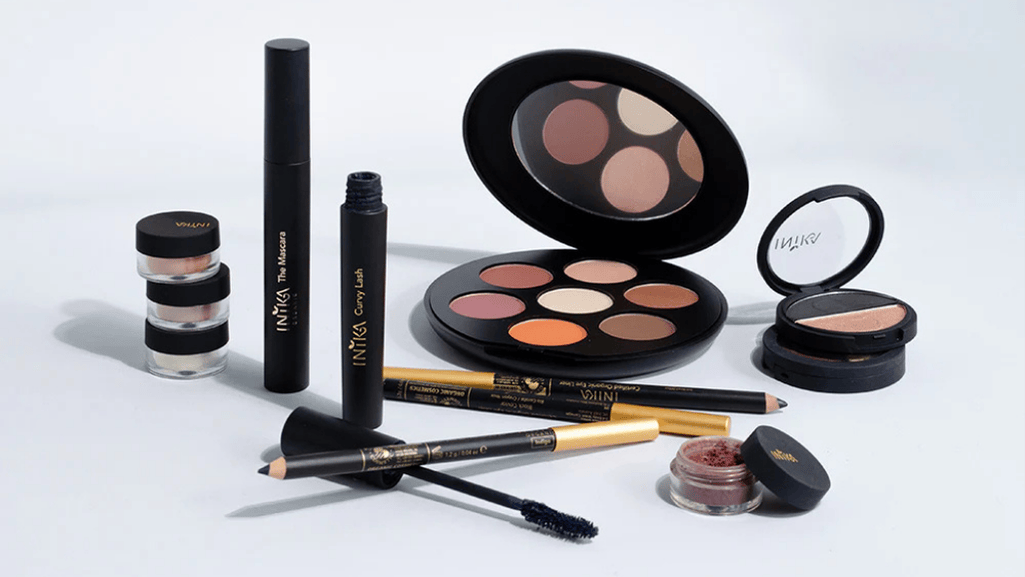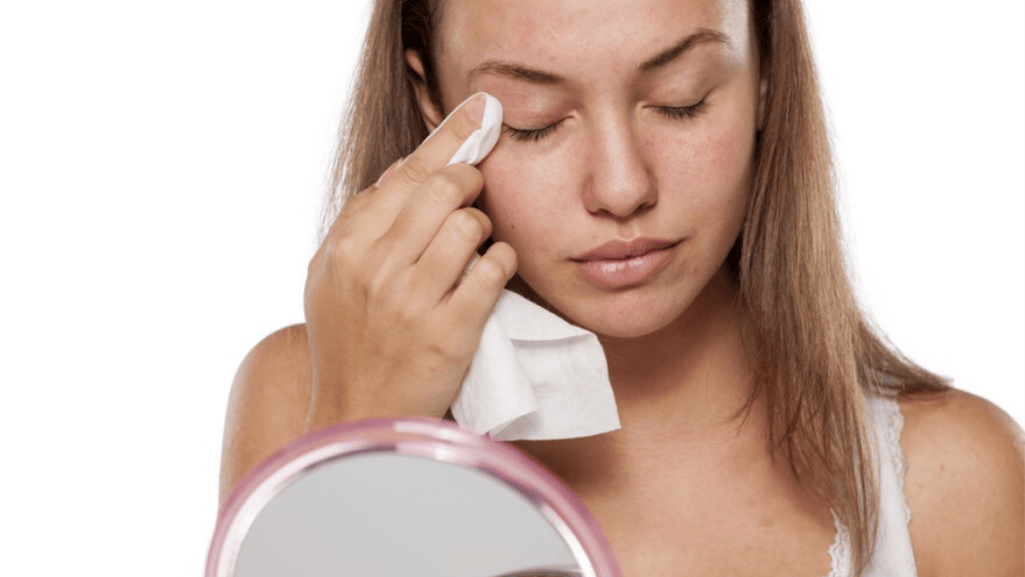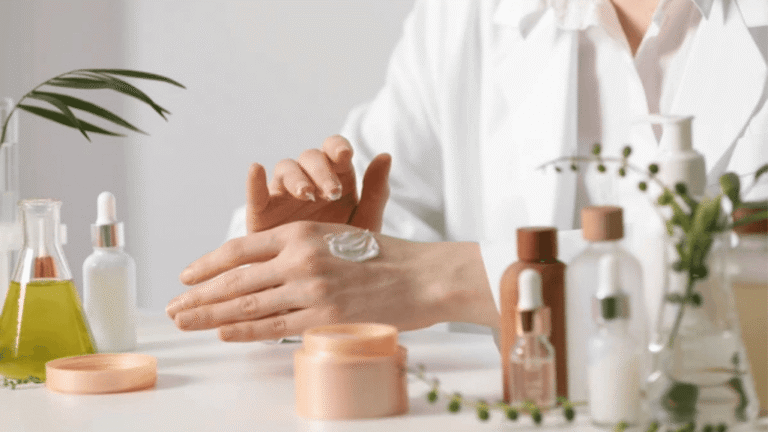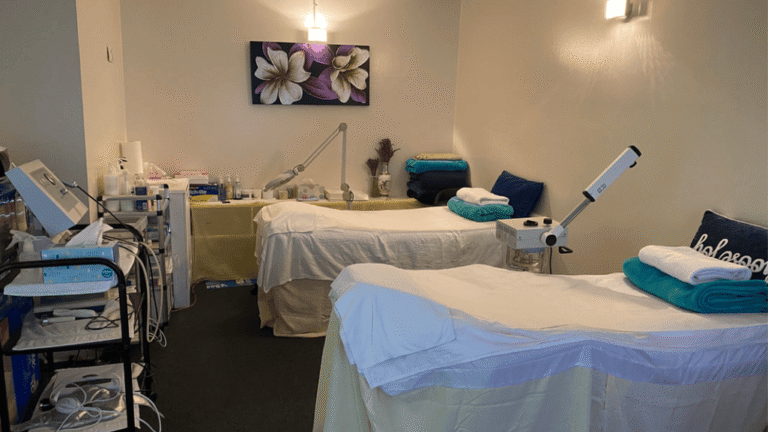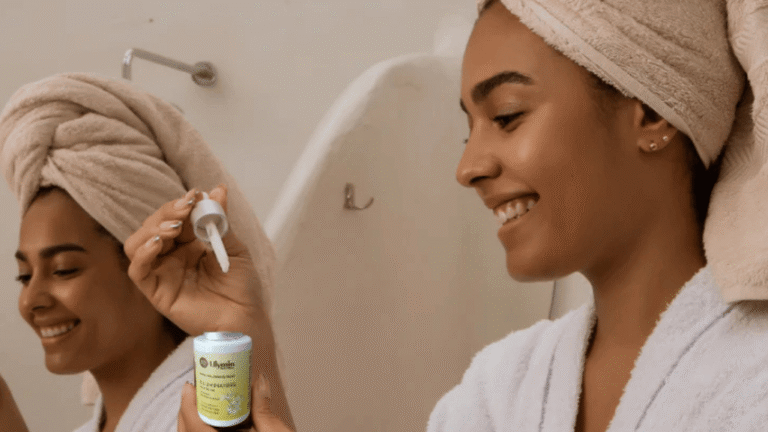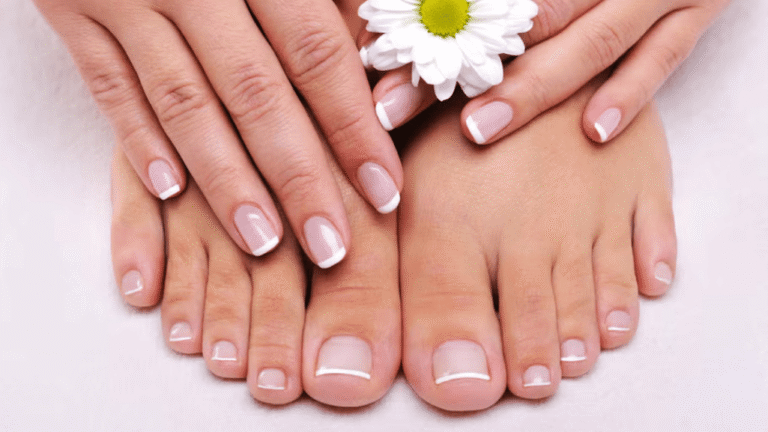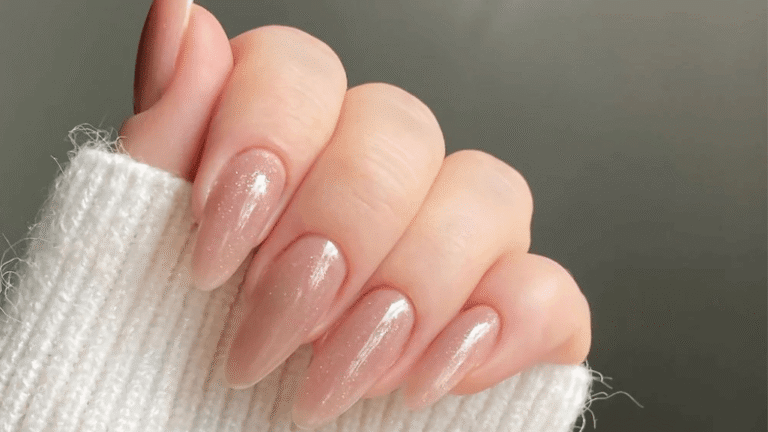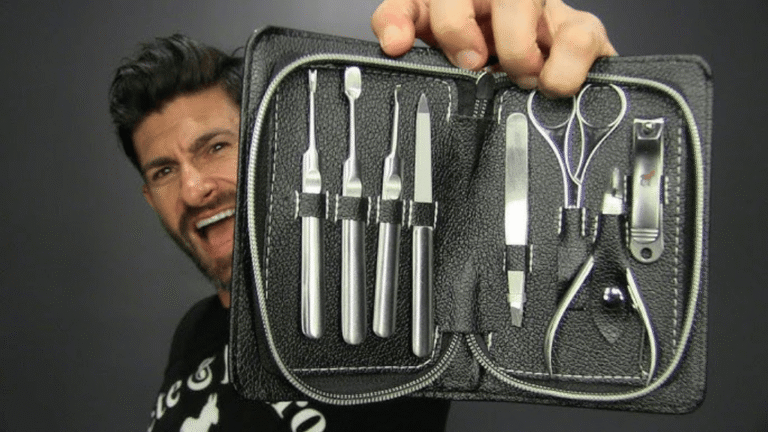This short guide explains how to wear eye makeup while protecting delicate lids and the tear film. Dry eye happens when tears evaporate too fast or lack the right oil‑water balance. Aging and conditions like rheumatoid arthritis or thyroid disease can add risk.
Particles from liner placed on the inner lash line can shed into tears and thin the tear film. That shedding may worsen dry eyes and cause irritation.
Practical swaps help. Choose creamy shadow over powder, a thickening mascara that flakes less, and keep liner outside the lashes. Replace mascara every three months, remove all product before sleep, and clean brushes often.
Key Takeaways
- Small application changes cut particle transfer into the tear film.
- Prefer creamy formulas and thicker mascaras to limit fallout.
- Do not apply liner on the inner rim; stay outside the lash line.
- Maintain hygiene: toss mascara at 3 months and remove nightly.
- Lubricating drops and light pressure during application reduce eye irritation.
Who this how-to is for and what you’ll learn today
If your lids sting, tear up, or swell after using cosmetics, you may have a product sensitivity or allergy. This guide is aimed at people who get stinging, watering, or redness with eye makeup and those managing dry eyes who still want a polished look.
You’ll learn how to spot irritation, choose gentler products, and change simple habits that cut risk. Expect clear tips on applying makeup with light pressure, using fewer layers, and keeping pigment off the lid rim to reduce migration into tears.
Hygiene matters: replace mascara every three months, never share cosmetics, and wash makeup brushes regularly to limit buildup and contamination.
“Use lubricating eye drops before you start to support comfort and reduce fallout during the day.”
- Recognize cosmetic sensitivity and safe product types.
- Build a smaller, safer toolkit and learn what to avoid.
- Time use of eye drops and tools for best results.
To read more about how cosmetics affect dry eyes, see this resource on eye care and products.
Understanding sensitive eyes and dry eye disease
Small debris on the lid margin can upset the tear layer and trigger dry, scratchy sensations. Dry eye happens when the tear film is unstable — either tears evaporate too fast or the oil‑water‑mucus balance is off.
Aging and systemic conditions such as rheumatoid arthritis and thyroid disease can reduce tear quality or meibomian oil output. That explains why some people feel dry despite normal tear volume.
How product placement and formulas worsen symptoms
Placing liner on the inner lash line increases particle entry into the tear film. Flaking mascara or loose powder near the lower lid adds debris that can migrate upward with each blink.
- The tear film protects the eye surface; when it thins, evaporation and discomfort rise.
- Debris that reaches the tear layer can irritate eyes and cause redness, scratchiness, and reflex tearing.
- Small changes—like moving liner outside the lashes—lower particulate load and help prevent flare‑ups.
“Shift product away from the rim and choose formulas that shed less to protect comfort.”
Ingredients and formulas: what to avoid and what to look for
Ingredients matter: some preservatives and fragrances can inflame the eyelid margin and worsen symptoms.
Choose cleaner labels and favor formulations that keep particles away from the tear layer. Avoid products that contain preservatives like benzalkonium chloride (BAK), formaldehyde releasers, and parabens. Steer clear of added fragrance and phthalates when you can.
- Avoid ingredients known to stress the lid margin and meibomian glands: BAK, formaldehyde releasers, parabens, fragrance, and phthalates.
- Look for terms such as hypoallergenic, fragrance‑free, and ophthalmologist‑tested to support sensitive skin and the eye surface.
- Cream eyeshadow and non‑fibrous, thickening mascaras are less likely flake, lowering fallout that can migrate into tears.
- Skip glitter and loose powders; these certain makeup products carry higher risk of particle transfer and may aggravate blepharitis.
“Press pigment gently and keep powder higher on the lid to limit debris near the lash line.”
Best product picks for eye makeup with sensitive eyes
Selecting gentle, low-fallout items and mindful placement reduces irritation and protects the tear film. Use one light layer and simple tools to limit debris near the lid margin.
Mascara and curl alternatives
Favor thickening, hypoallergenic mascaras that are less likely flake. On reactive days, skip mascara and use an eyelash curler for lift without added particles.
Eyeliner placement
Apply eyeliner just outside the lash line and never on the waterline. This small change cuts particulate migration into tears and lowers flare risk.
Eyeshadow choices
Pick creamy satin or matte eyeshadow that won’t shed. Avoid glitter and loose mica, which are more likely flake into the tear film and aggravate blepharitis or dry eyes.
- Look for ophthalmologist‑tested, fragrance‑free labels and hypoallergenic ranges.
- Test new products at home briefly and build a short roster of best products you tolerate.
- Brands to consider: Almay, Clinique, Bare Minerals—often marketed to support sensitive skin and gentle wear.
“One light coat or a curler can give definition with fewer particles — small habits matter.”
makeup for sensitive eyes: step-by-step application
A calm, prepped eye surface makes applying color less risky and more precise. Start by washing hands and cleaning tools to cut contamination. Apply lubricating eye drops about 20–30 minutes before you begin so the tear film settles and feels comfortable.
Prep: drops, clean tools, and patch testing
Patch-test new items on the forearm and do a short wear trial on a low‑stakes day. Sharpen pencils before use to remove oxidized tips and avoid tugging.
Application: light pressure and minimal layers
Work in thin layers and let each layer set. Keep all color outside the lashes — never on the inner rim or the waterline. Limit mascara to the outer half or just the tips to reduce fallout.
Pro tips to reduce irritation
- Use separate applicators and clean makeup brushes often to prevent cross‑contamination.
- Skip pigment near the lash line when you have a dry eye or blepharitis flare.
- Test short wear times before longer days to spot stinging or redness early.
“Start gentle, use fewer tools, and protect the tear film — small habits protect comfort and clarity.”
Healthy removal and hygiene to prevent eye irritation
A simple nightly routine can stop residue from seeping into the tear layer while you sleep. Clean removal protects the lid margin and lowers the chance of morning dryness or redness.
Nightly habits that matter
Always remove eye makeup before bed. Use a gentle, fragrance‑free remover and soft pads. Press a soaked pad on the lid briefly to dissolve pigment, then wipe away with minimal rubbing.
Hygiene musts to reduce risk
- Skip waterproof formulas when possible; they need extra scrubbing that can aggravate blepharitis and dry eye.
- Replace mascara and liquid liners every three months to lower microbial growth and flaking.
- Wash makeup brushes and applicators weekly to cut debris transfer and keep strokes smooth.
- Never share products to prevent cross‑contamination and potential infection.
If you notice redness, swelling, or discharge, stop using cosmetics on that area and see a clinician. For chronic dry eyes or blepharitis, add warm compresses and lid hygiene after removal to support long‑term comfort.
“Consistent, gentle removal and tool care are the best defenses against eye irritation.”
Special situations: blepharitis, dry eye flares, eyelash extensions, and tattooed liner
Some lid conditions demand a different approach to application and product choice to protect gland function.
Blepharitis is inflammation at the eyelid margins and often exists with dry eye. Choose hypoallergenic, fragrance‑free cream textures that sit away from the rim. Avoid kohl pencils and glitter; they smudge and shed, which can worsen lid inflammation and cause flareups.
Safer liner and product choices
Prefer smooth liquid or gel eyeliner that stays put and sheds less than powdery pencils. Skip waterproof formulas during active flares — removal friction can irritate the skin and meibomian glands.
Extensions, tattooed liner, and gland health
Eyelash extension adhesives may contain formaldehyde or similar irritants and can trap debris at the lash base. Tattooed eyeliner can alter meibomian gland function and may contribute to faster tear evaporation.
When to pause and seek care
During redness, swelling, or pain, stop makeup wear and use lubricating eye drops to support comfort. Maintain lid hygiene and gentle compresses until symptoms ease.
- Check labels — avoid products that contain preservatives known to irritate the lid margin.
- Pause use of cosmetics during acute blepharitis flares and follow lid‑care guidance.
- See a clinician if discomfort persists, vision changes, or treatment is needed for underlying conditions.
“Small changes in texture and timing protect the lid margin and preserve gland function.”
Troubleshooting: common mistakes that irritate eyes and how to fix them
Tiny flakes and stray powder are often the real culprits behind stinging and watering. Old tubes crumble, and pigment near the lower lid can migrate upward with each blink. These small particles can cause eye irritation and worsen dry eyes quickly.
What commonly goes wrong
Lining the waterline places pigment directly into the tear film. That increases debris transfer and can irritate the lid margin.
Using clumpy or dried product is another frequent mistake. Old mascara and hardened gels shed into tears and raise the risk of irritation.
Excess powder or glitter near the lower lid creates fallout that blinks push into the eye. This can aggravate blepharitis and cause more tearing.
How to reduce risk
- Avoid lining the waterline; keep eyeliner just outside the lash line to lower particle entry.
- Retire old or crumbling formulas—replace mascara and gels every three months.
- Keep loose powders and glitter far from the lower lid and pat, don’t sweep.
- Scale back during flares: use one or two tolerated steps and skip high-shed products until comfort returns.
- Sharpen pencils before each use for cleaner application and fewer flakes.
- Use separate, clean applicators to prevent cross‑contamination and residue transfer.
If redness, pain, or light sensitivity persists despite these changes, pause all cosmetics on that area and seek care. In rare cases, untreated infection or severe irritation can lead to serious complications that may cause blindness, so do not delay evaluation.
“Stop product use if swelling or vision change occurs, and get prompt medical advice.”
Conclusion
Small, consistent habits can protect the tear film and let you wear color comfortably most days.
With the right hygiene, product selection, and nightly removal routine, many people with dry eye disease can continue makeup wear without frequent irritation. Prioritize creamy, fragrance‑free, preservative‑light formulas and keep pigment outside the lash line.
Replace mascara every three months, avoid waterproof formulas that need harsh rubbing, and build a short list of best products you tolerate. Pause use during blepharitis or flareups and simplify care until lids calm.
Be cautious with eyelash extensions or tattooed liner; these can affect the meibomian glands and make dry eyes worse. If eyes dry out quickly despite these steps, schedule an eye exam to find underlying causes and treatment options.
For more practical guidance and product ideas, see these detailed eye makeup tips to help protect your tear film and maintain comfort.

